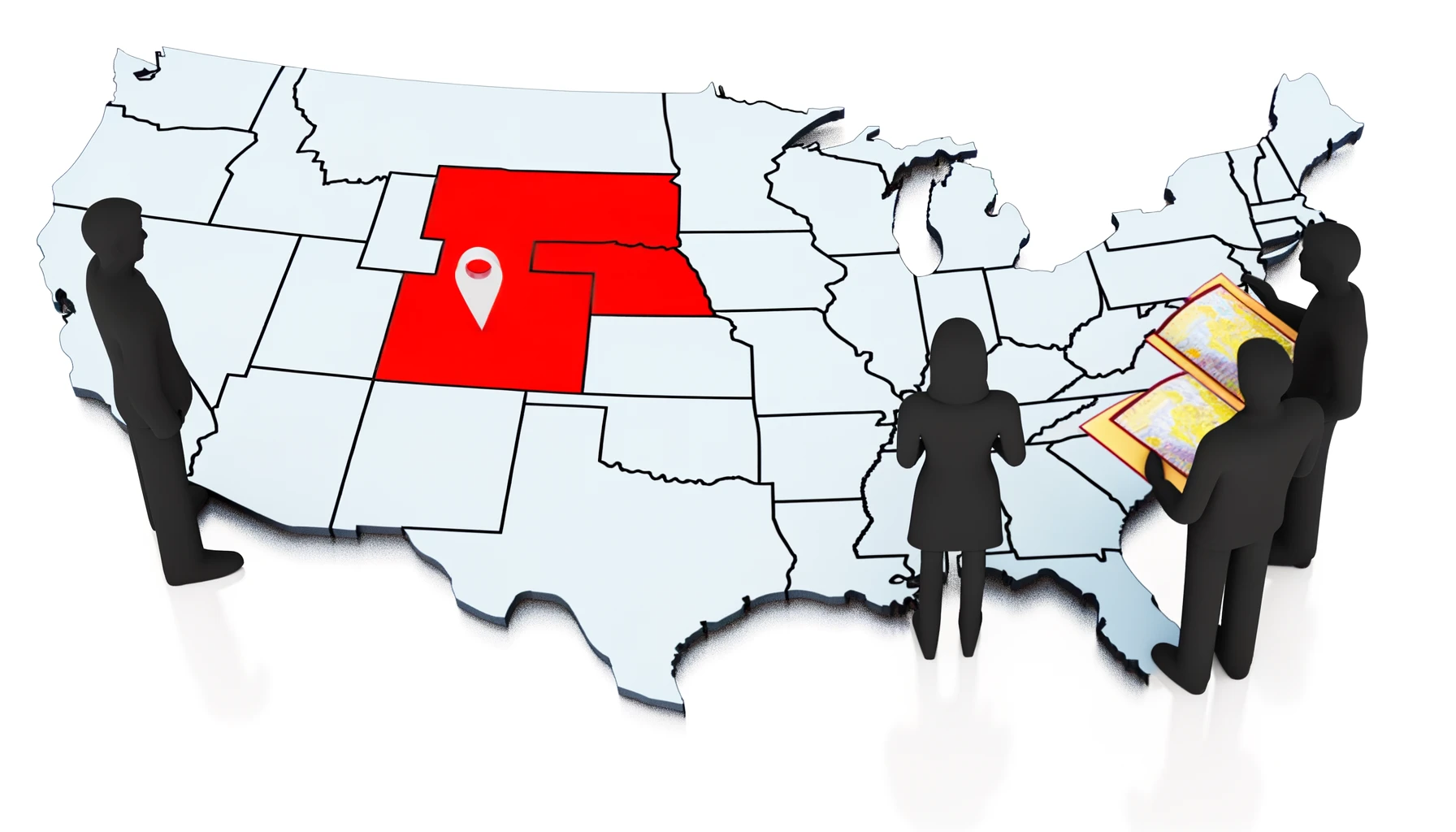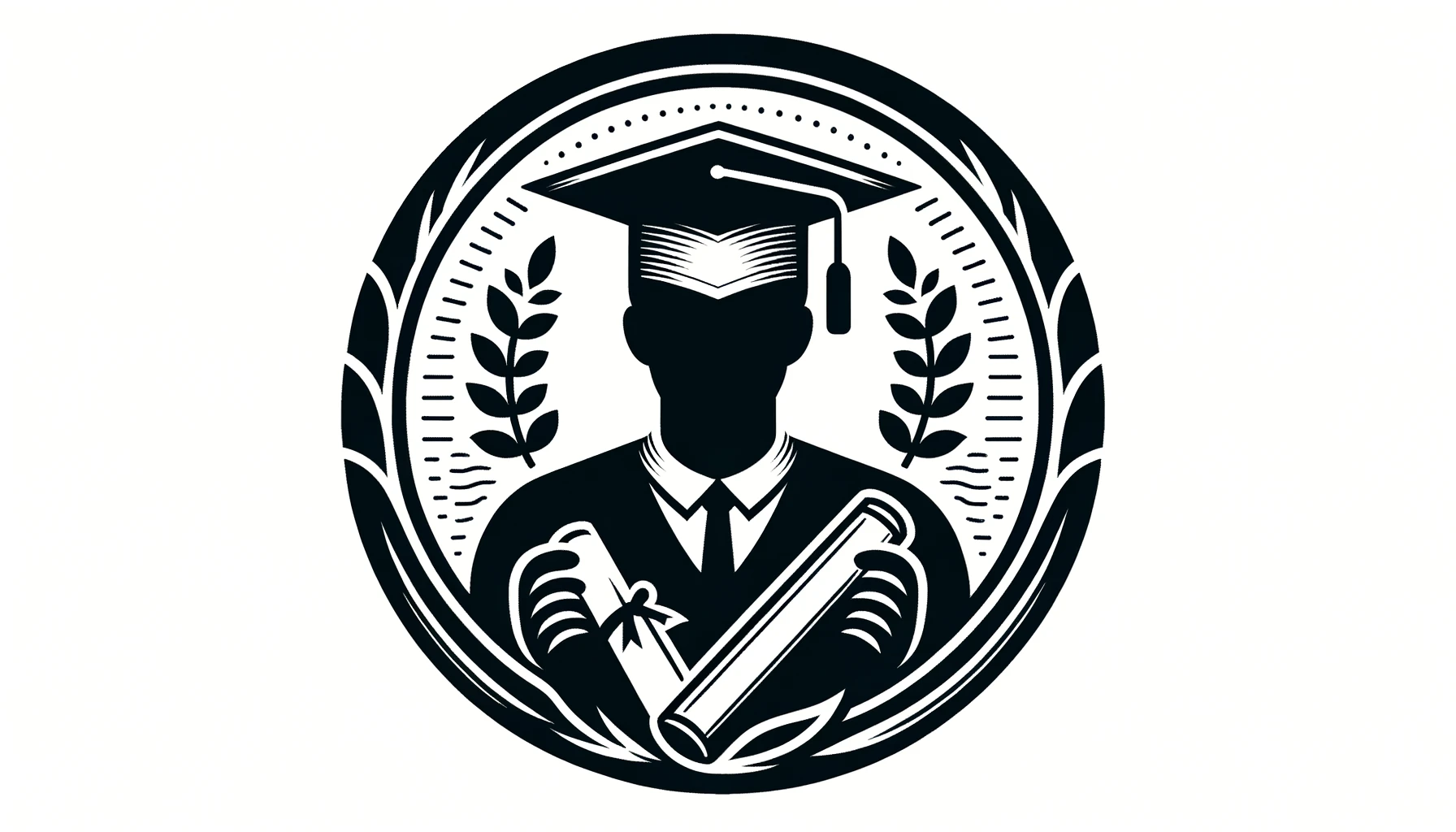Student loan debt has become a significant challenge for millions, limiting career choices and delaying important life milestones. As the weight of repayment presses down, it’s essential to explore effective ways to alleviate this financial burden. The following comprehensive guide will walk you through 10 powerful strategies to cancel or reduce your student loan debt. With the right approach and resources, you can regain financial freedom and focus on achieving your career and life goals. Let’s dive in to start your journey toward a debt-free future!
1. Income-Driven Repayment Plans
Consider switching to an income-driven repayment plan to better manage your student loan debt. These plans adjust your monthly payment based on your income, which can make them more affordable. Additionally, after 20-25 years of regular payments, you may be eligible for student loan forgiveness. In some cases, the forgiven amount isn’t taxable. This repayment plan can also help prevent default and is only available for federal loans.
2. Public Service Loan Forgiveness (PSLF)
This program is perfect if you’re employed in the public sector or a nonprofit. You just need to make 120 qualifying payments while working full-time for an eligible employer. After 10 years, your remaining balance is forgiven. The program covers various fields like healthcare, education, and law enforcement. The eligibility requirements are strict, so follow the guidelines carefully.
3. Teacher Loan Forgiveness Program
Teachers in low-income schools can benefit significantly from this option. You must teach full-time for five consecutive years in a qualifying school. If eligible, you could have up to $17,500 of your student loans forgiven. The program applies to both direct subsidized and unsubsidized loans.
4. Military Student Loan Forgiveness Programs
Military service members can benefit from different student loan forgiveness programs. The National Defense Student Loan Discharge is one. Members of the Army, Navy, Air Force, and other branches may qualify. Each branch has unique programs, so consult the military education benefits office.
5. Employer Repayment Assistance
Some companies provide student loan repayment assistance as a benefit. Employers often match your monthly payments or provide lump-sum contributions. This benefit is becoming more common, especially in tech and finance.
6. State-Based Forgiveness Programs
Many states offer their forgiveness programs for student loans. These are particularly beneficial if you work in high-need areas like teaching, healthcare, or law. State governments often provide a partial or complete waiver of student debt for qualifying residents. Check your state’s official website for detailed requirements.
7. Disability Discharge
Borrowers with severe disabilities can qualify for Total and Permanent Disability (TPD) discharge. Applicants must submit a certification from a physician, the SSA, or the VA. Once approved, you’re released from paying back your federal student loans. Review the eligibility conditions and application process thoroughly before applying.
8. Closed School Discharge
You can apply for closed-school discharge if your school closes while enrolled. The program cancels the debt entirely if you can’t finish your program due to the closure. You may also qualify if the school closed shortly after your withdrawal.
9. Bankruptcy Discharge (In Rare Cases)
Although rare, you could have your student loans discharged in bankruptcy. Proving “undue hardship” is challenging, but the courts may consider severe medical conditions, disability, or extreme financial struggles. Consult an attorney specializing in student loan bankruptcy for advice.
10. Seek Refinancing or Consolidation
Refinance your loans to lower interest rates and save thousands over time. This is ideal if you have high-interest private loans. Federal loan consolidation combines multiple federal loans into one, simplifying your payments. Note that refinancing federal loans through a private lender may affect your eligibility for student loan forgiveness.
Start Your Path to Student Loan Forgiveness Now
Ready to tackle your debt and seek student loan forgiveness? Research these strategies further and consult financial experts to see which is best for you. Start today and work towards a debt-free future!
Read More
Tips for Avoiding Student Loan Debt
10 Baby Boomer Life Skills That Are Useless Today

Shatel Huntley has a Bachelor’s degree in Criminal Justice from Georgia State University. In her spare time, she works with special needs adults and travels the world. Her interests include traveling to off-the-beaten-path destinations, shopping, couponing, and saving.
















